Eco-friendly materials are local, easy to make and with a low footprint, long-lasting, and reusable.
— Built for Home
Why should you choose to use sustainable building materials? In addition to rising societal demand and the need for responsible business practices, using eco-friendly materials can benefit not just the earth, but both producers and consumers.
Sustainable materials can cut costs at the front end, create a longer-lasting product, and save energy down the line. Many structures buildings such as earthship homes or living walls also boast a unique beauty!
But what makes a material eco-friendly? Sustainability involves the entire lifecycle of a material, including sourcing, manufacturing, transportation, durability, recyclability, and disposal. This means the best materials are local, easy to make and with a low footprint, long-lasting, and reusable.
Few products can achieve all of these goals, so it’s up to your company to decide which benchmarks are most important to you. To get you started, we’ve organized 15 of the top eco-friendly materials according by category.
Quick Links
Recycled and Reclaimed
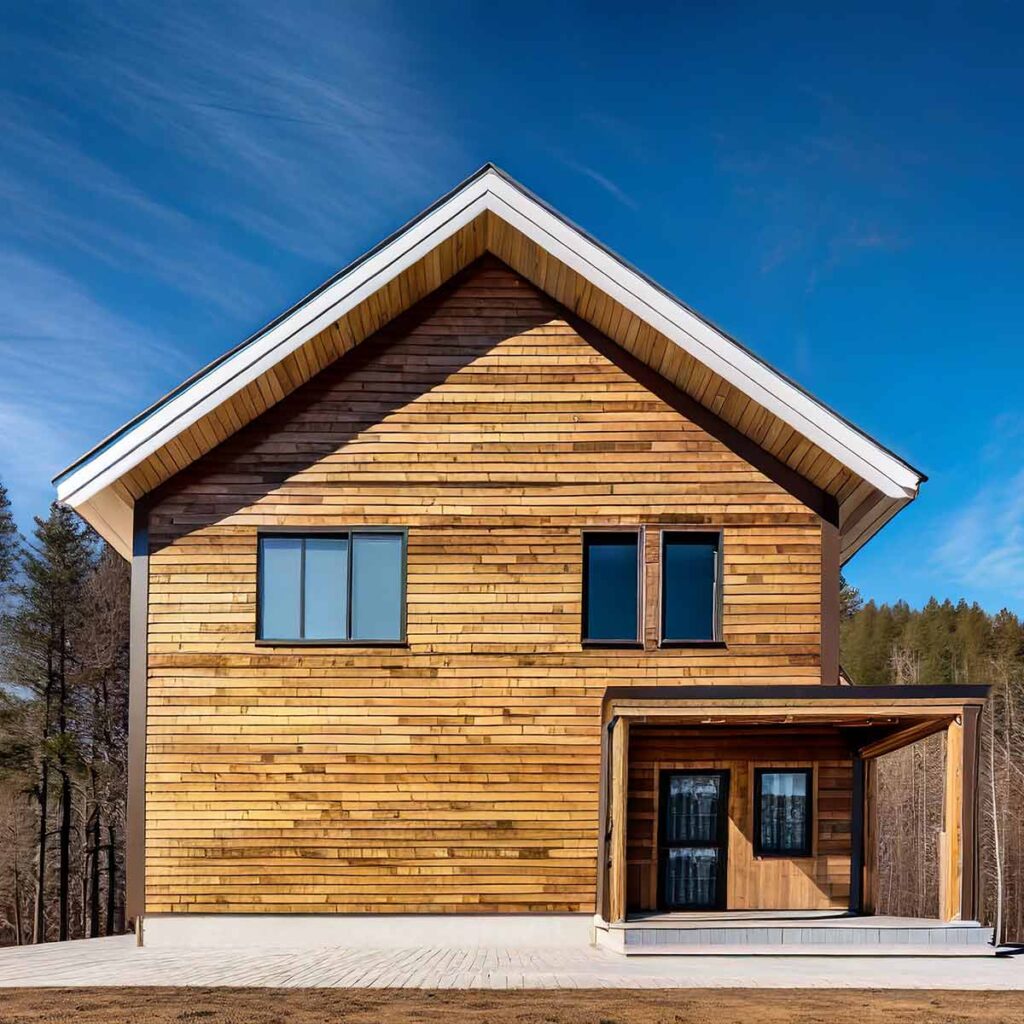
Reclaimed Wood
So much wood goes to waste during deconstruction or renovations. Rather than sourcing new timber, consider reclaiming wood from barns, old homes and more. Such wood also adds a beautiful, rustic touch to structures, increasing its popularity.
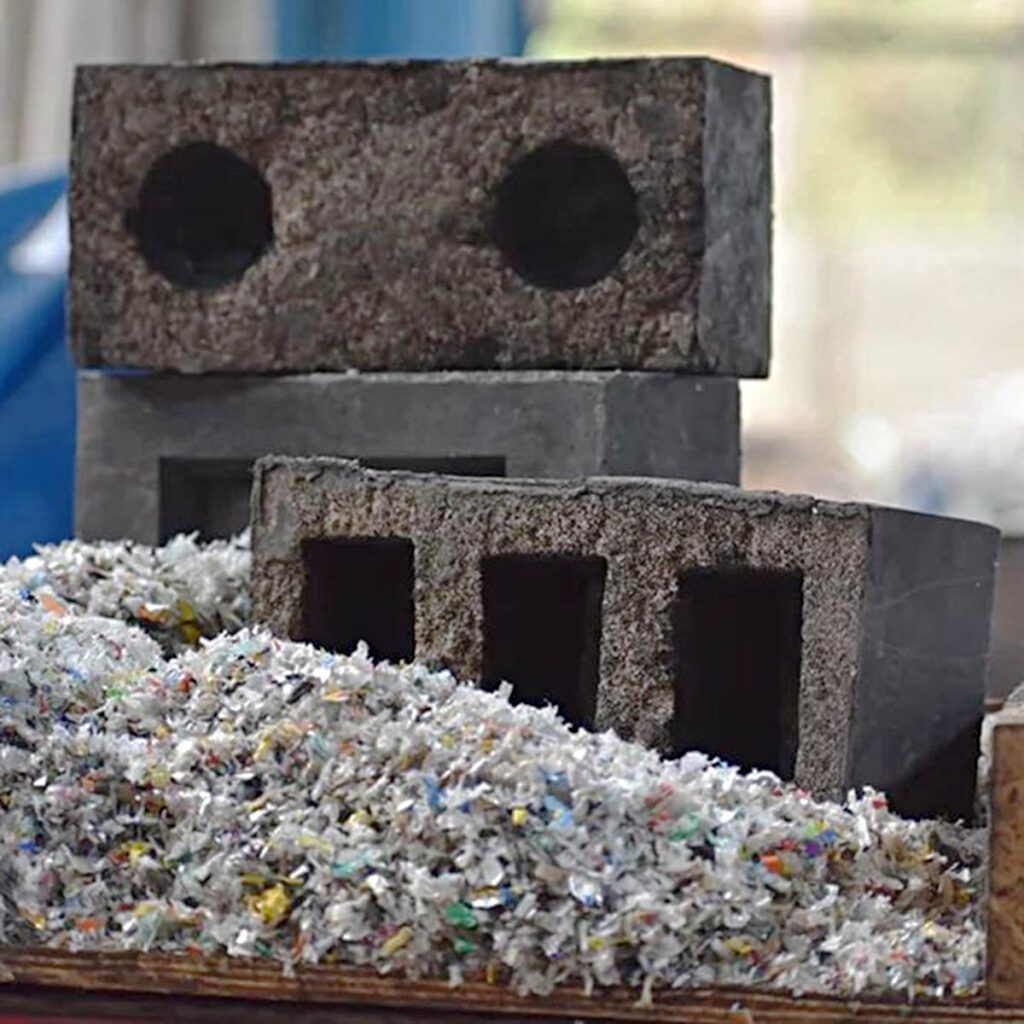
Source: planetcustodian.com
Recycled Plastic
You may not think of recycled plastic as your number one building material, but many innovators have discovered ways to reuse plastic in construction. From plastic bricks and pavers, to sheets and lumber, there are many ways to benefit from reducing plastic waste on the streets.
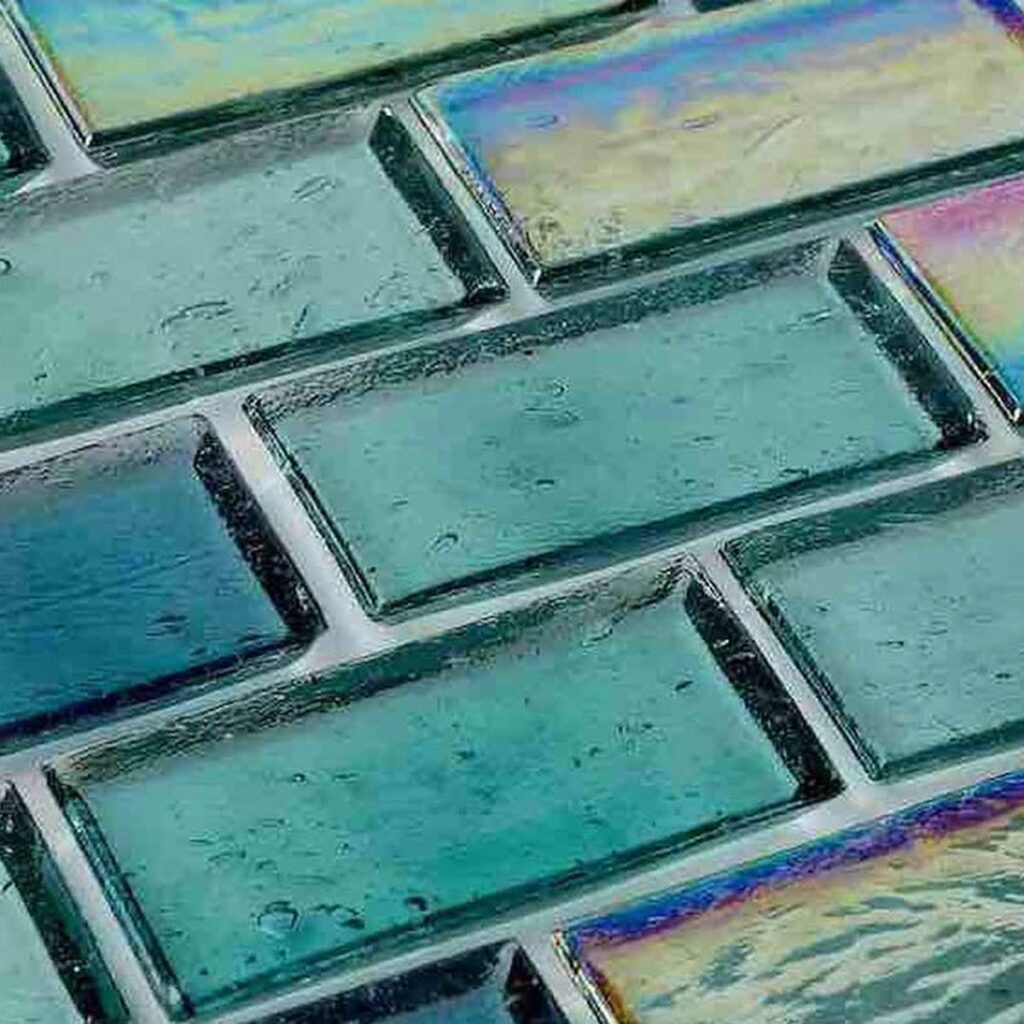
Source: amazingarchitecture.com
Other Materials
Many core building materials can be recycled, such as steel or concrete, which can be crushed and reused as aggregate. Recycled glass makes popular tiles or windows.
Renewable
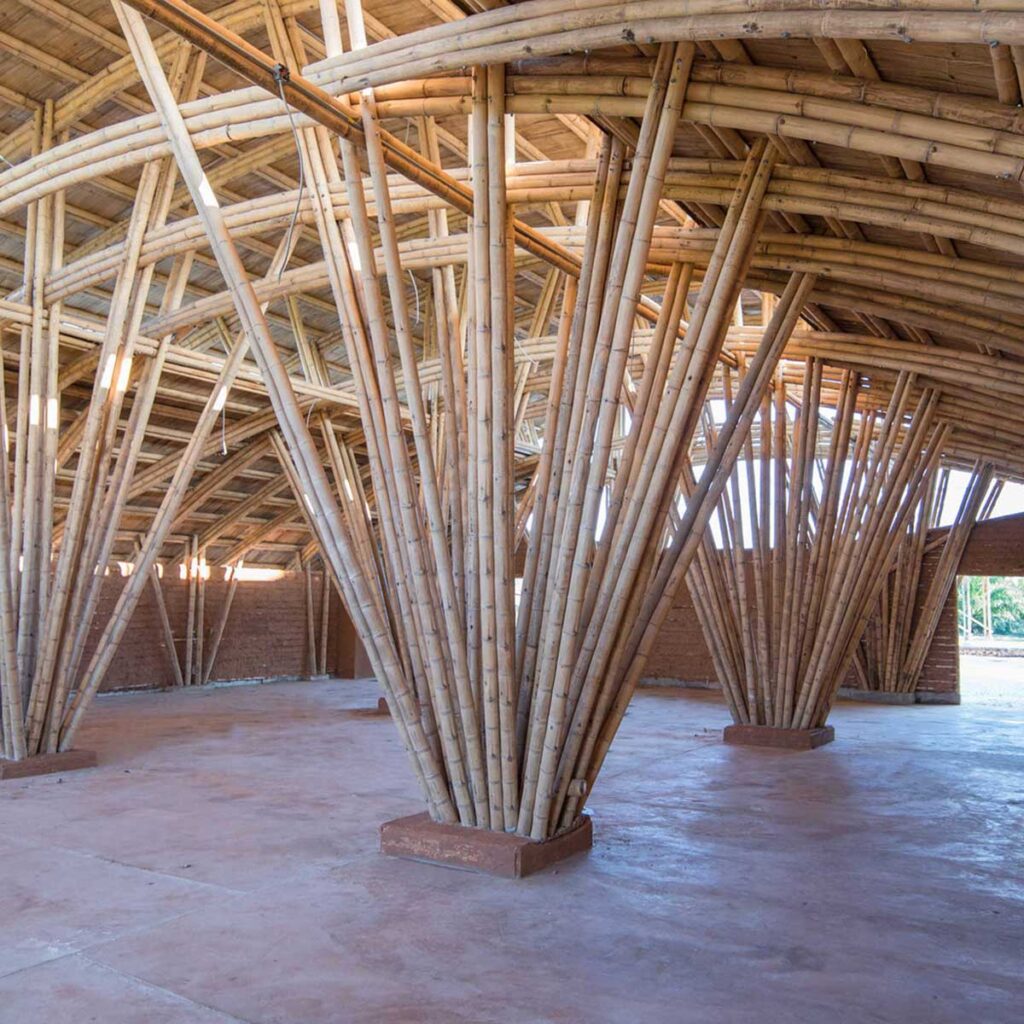
Source: barcelonaarchitecturewalks.com
Bamboo
Bamboo is a rapidly renewable resource that grows quickly and can be harvested without killing the plant. It is lightweight, strong, and versatile, making it suitable for various construction purposes.

Source: designboom.com
Cork
Cork is harvested from the bark of the cork oak tree, which regenerates naturally. It is an excellent insulator, fire-resistant, sound-absorbing, and naturally resists moisture and microbes.
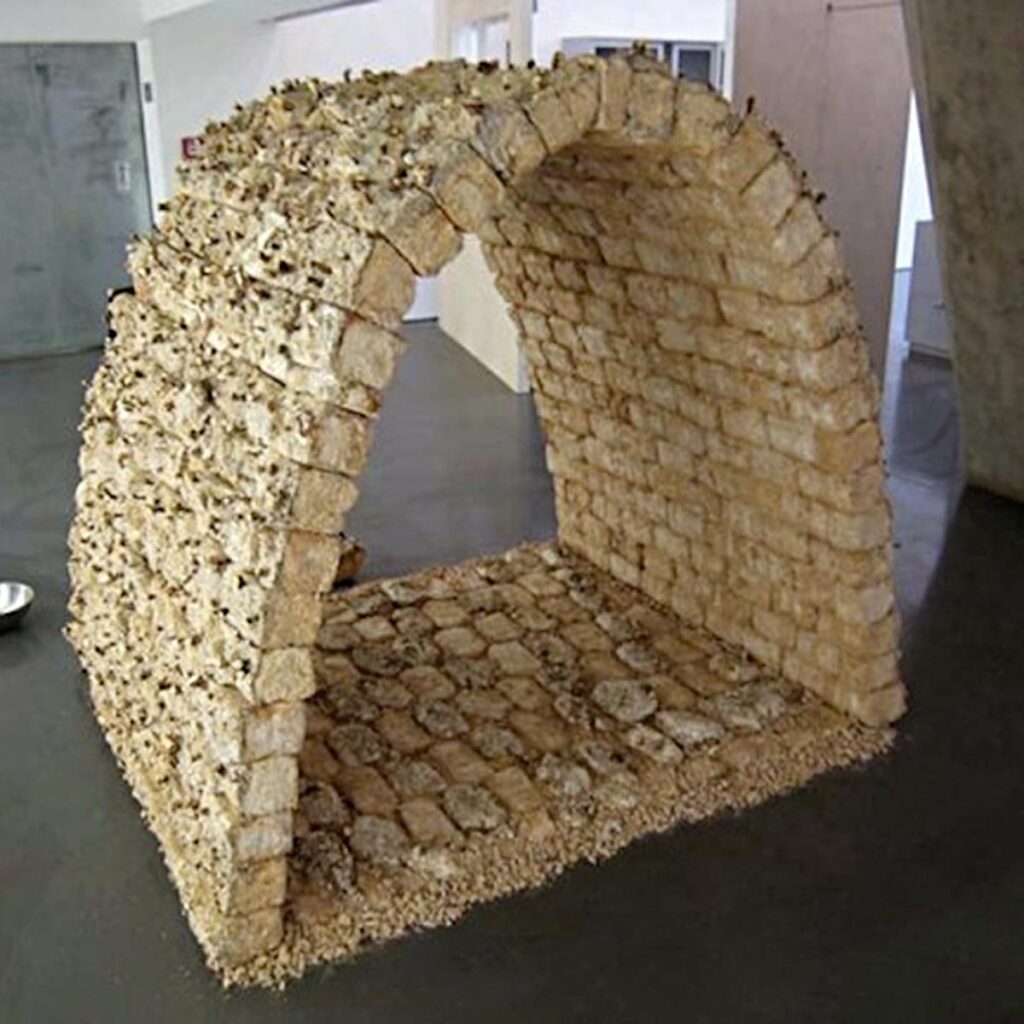
Source: inhabit.com
Mycelium
This option is quite out there! Mycelium is fungal fiber. These bricks combined mycelium with sawdust and other construction waste to create a mold, fire, and water-resistant material.
Low Production Impact

Source: coloradohardscapes.com
Earth
Straw bales, when properly sealed and plastered, create well-insulated and energy-efficient buildings. Straw is a byproduct of agricultural processes and can have a negative carbon footprint if sourced locally.
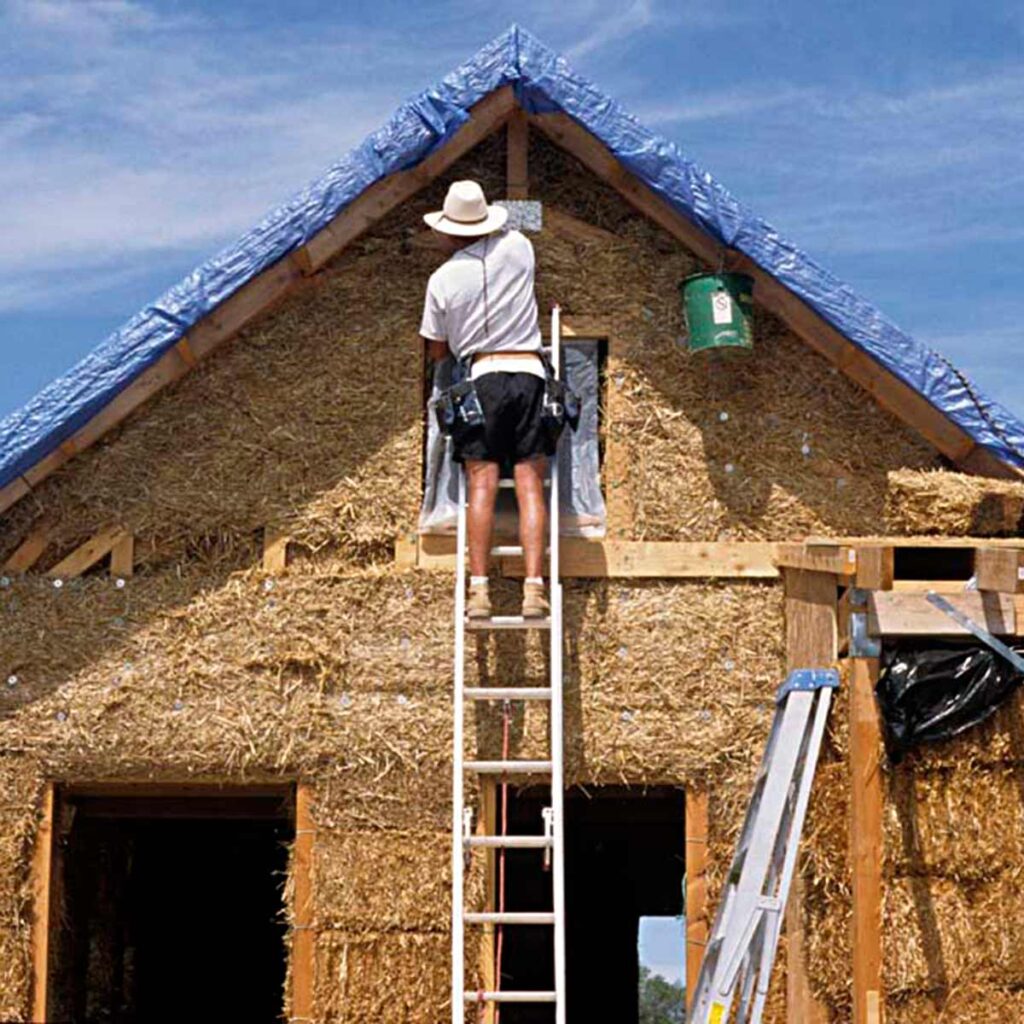
Source: buildingwithawareness.com
Straw Bales
You may not think of recycled plastic as your number one building material, but many innovators have discovered ways to reuse plastic in construction. From plastic bricks and pavers, to sheets and lumber, there are many ways to benefit from reducing plastic waste on the streets.

Stone
Depending on the type, many stones can be inexpensively and locally sourced and require little processing. They are durable and long-lasting, requiring little upkeep, and can always be reused in other construction projects if removed.
Thermal Efficiency
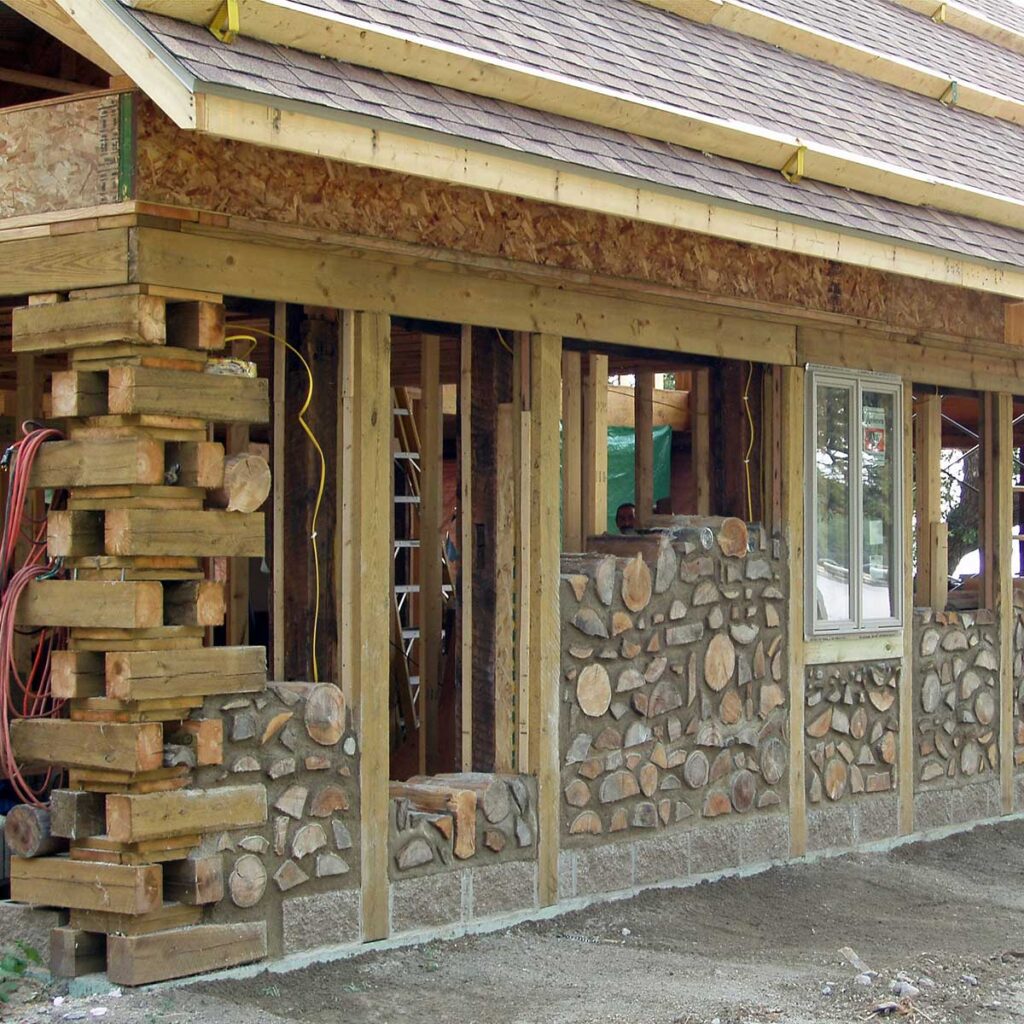
Cordwood
Cordwood is a beautiful option for homes, featuring stacked short log segments, combined with cob or plaster, for natural thermal regulation. This method can use locally sourced timber castoffs that might otherwise go to waste.
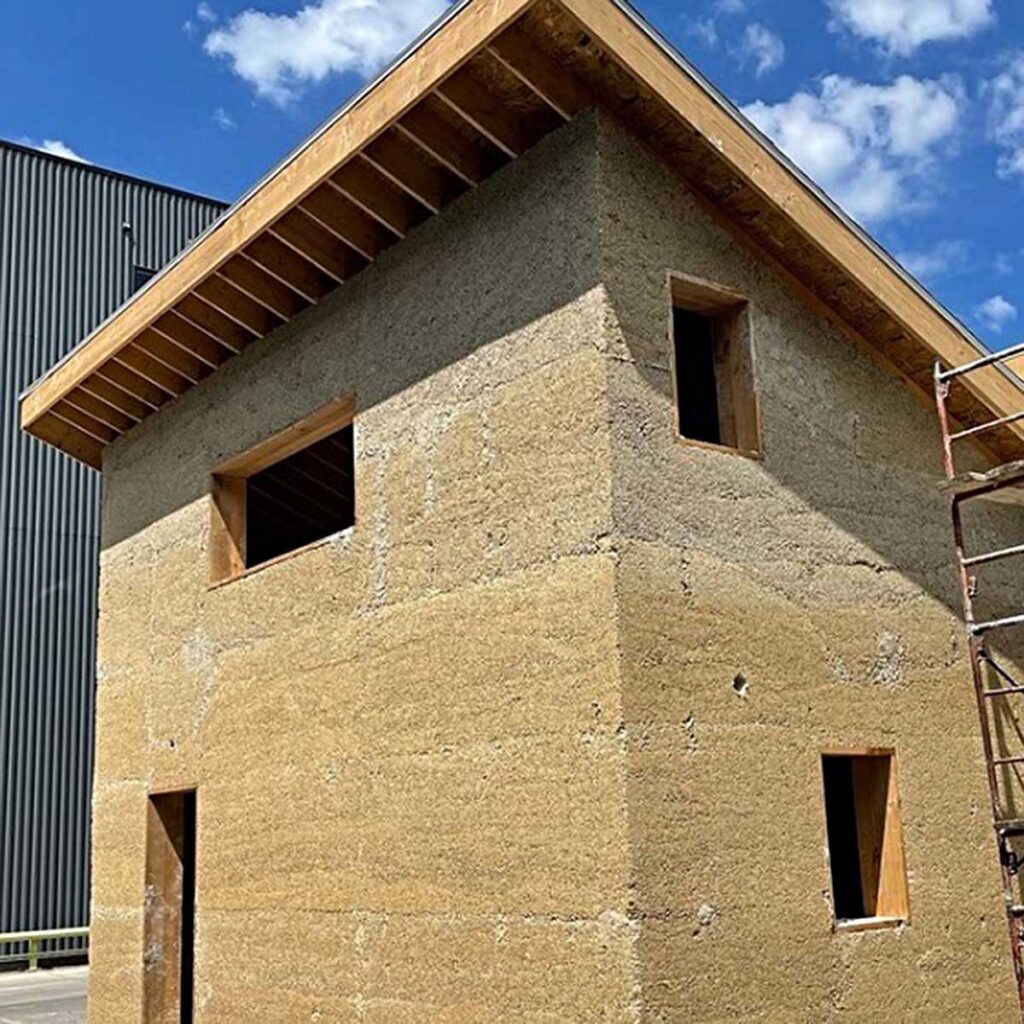
Source: hempbenchmarks.com
Hempcrete
Made from a mixture of hemp fibers and lime, hempcrete is a lightweight and breathable material that has excellent thermal properties. Hemp plants are fast-growing and have a low environmental impact.
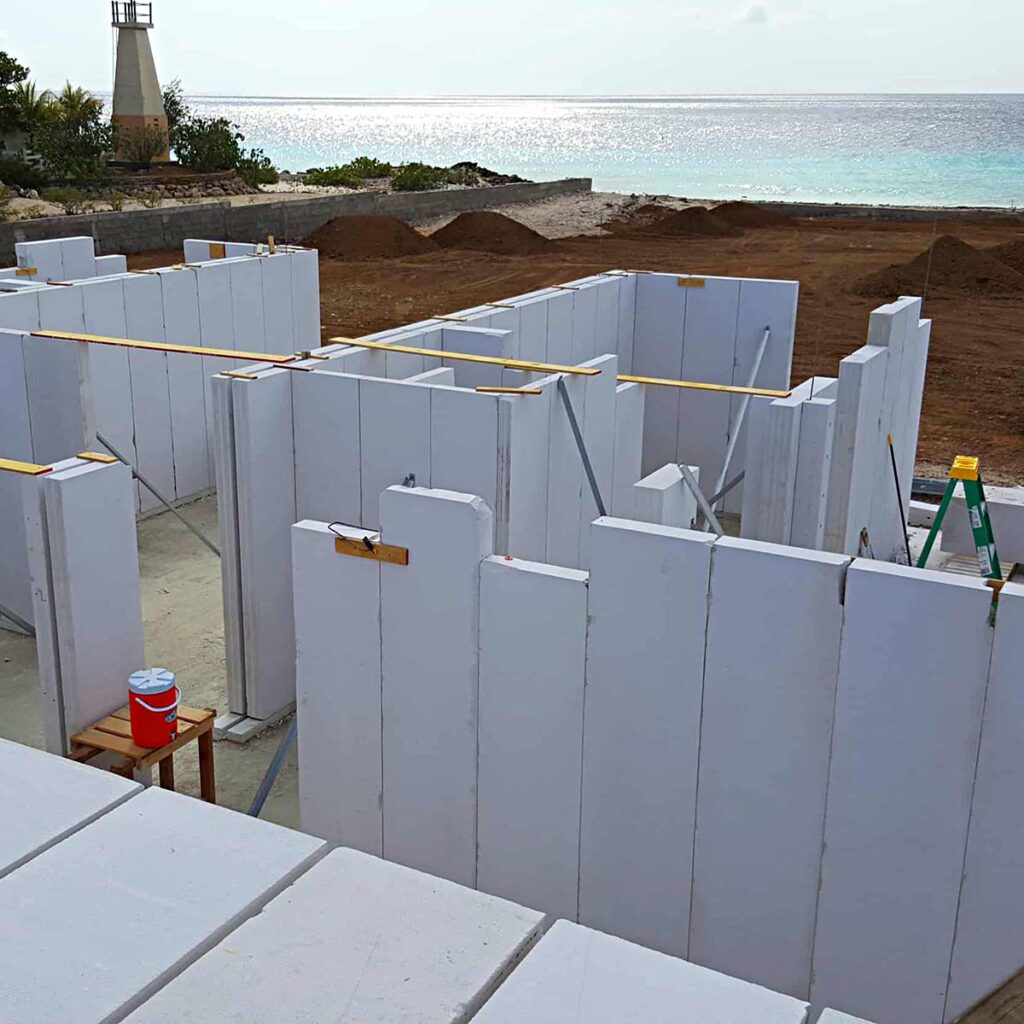
Source: aircrete.com
Aircrete
Aircrete is composed of cement and a foaming agent, making it much lighter than standard concrete. This means it cannot bear as much weight, but it saves a huge amount on costs and serves as much superior insulation than concrete.
Innovative

Source: theconstructionindex.co.uk
3D Printed Concrete
3D printing cuts out a huge amount of time and cost from the process of constructing the exterior walls of your home. While the home must still be finished, the reduced cost in labor and materials, plus the reduction of waste, makes 3D printing a highlight for the future.
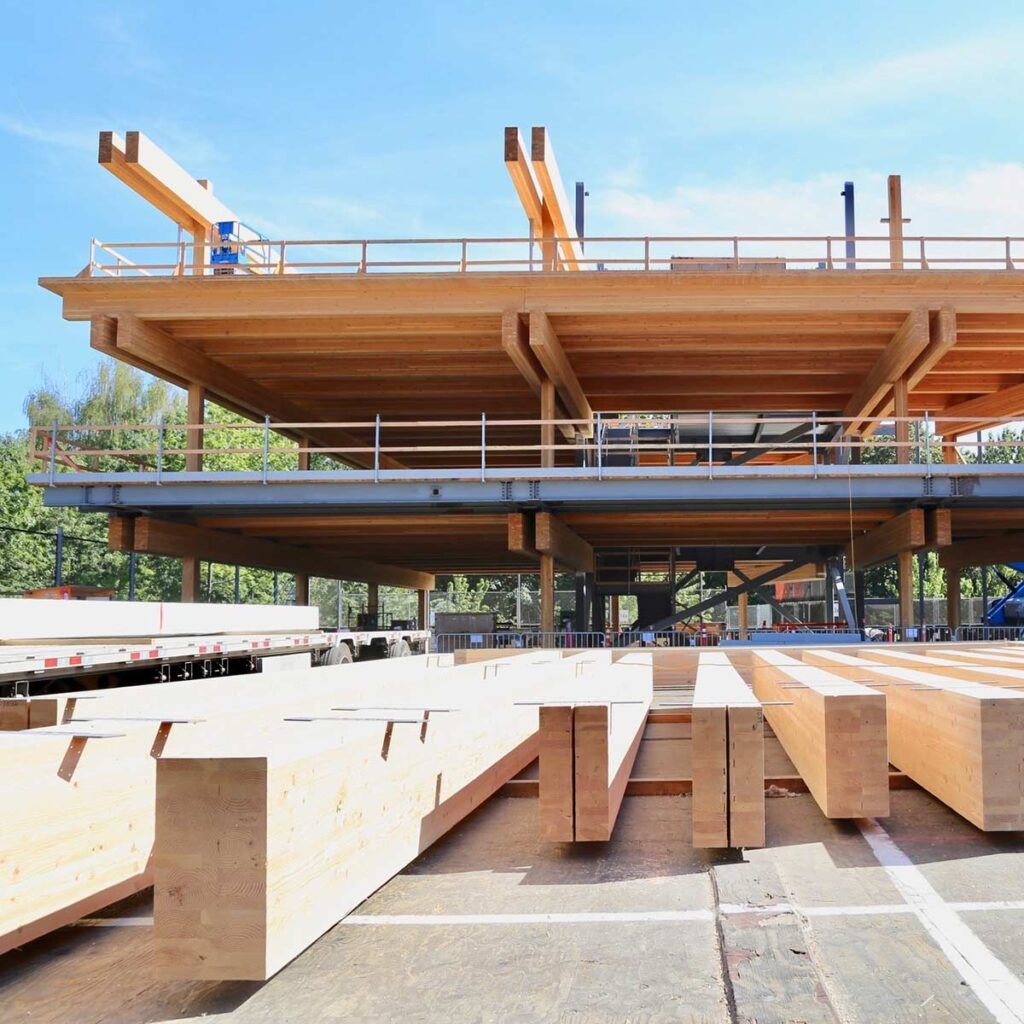
Source: archdaily.com
Mass/Laminated Timber
Mass, or laminated, timber is a prefabricated wood with greater strength than regular timber. It also creates less of a carbon footprint during its production process than either steel or mass timber. Learn more about its benefits here (link to our previous article).
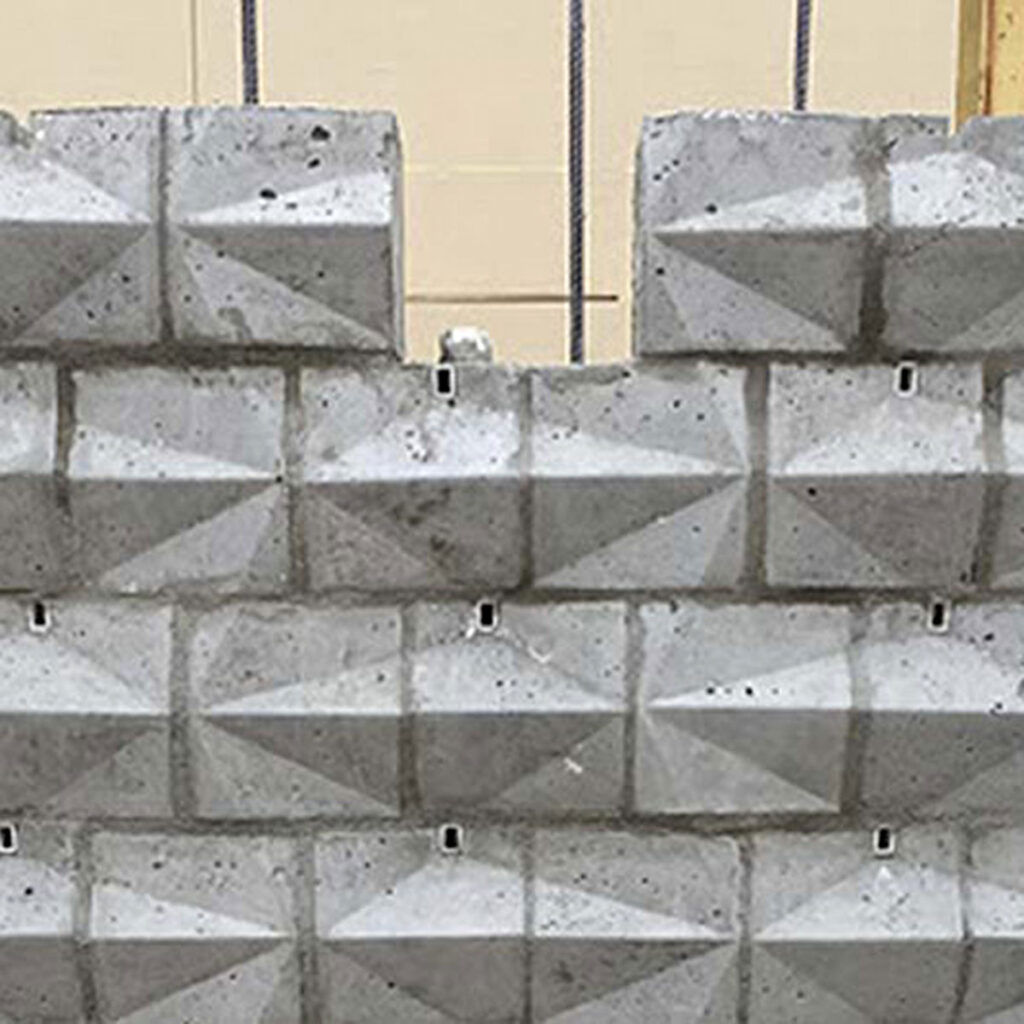
Source: graana.com
Pollution Absorbing Bricks
Do these look like bricks or air filters? Well, they’re both! These double layered bricks have openings which allow air to enter. The porous material then filters out the pollutants, providing a clean flow to the interior of the building.

About the Author
Jason Otis is the president of Perk Brands and founder of Built for Home. Perk Brands is a digital marketing agency that partners with home product manufacturers to make their products easy to find and buy. Built for Home is a community of home product manufacturers and a resource for buyers to find products that make their lives better at home.



